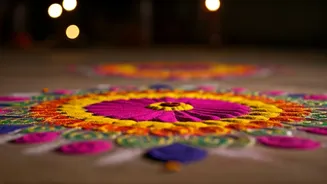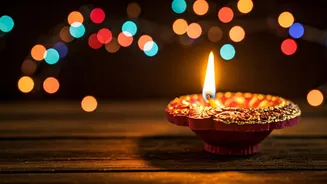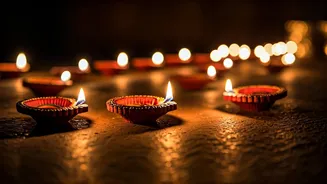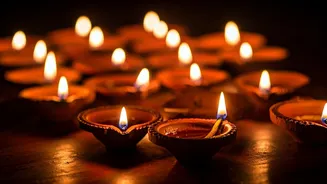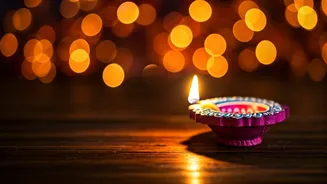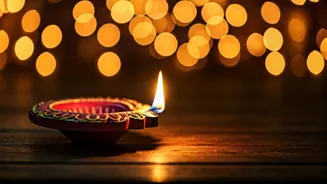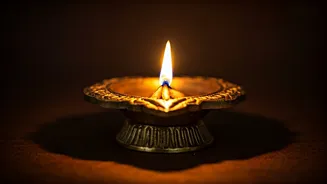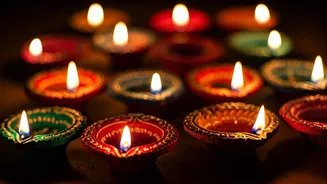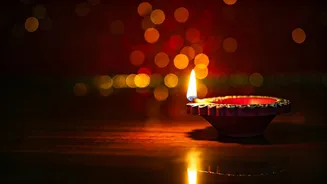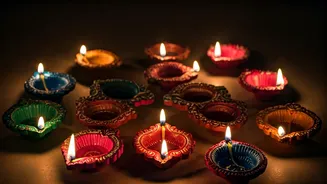Diwali: A Festive Overview
Diwali, the Festival of Lights, is a significant celebration across India and among the Indian diaspora worldwide. It typically falls in late October or early
November, coinciding with the Hindu lunar calendar. The festivities span five days, each with its own significance and rituals. Diwali symbolizes the victory of light over darkness, good over evil, and knowledge over ignorance. People decorate their homes with lights, diyas (oil lamps), and colorful rangoli patterns. This year’s Diwali promises to be a spectacular celebration, filled with traditional practices and modern expressions of joy.
Puja Vidhi: Essential Rituals
The Diwali puja, or worship, is a central element of the festival. It’s a time to honor deities like Lakshmi, the goddess of wealth, and Ganesha, the remover of obstacles. Before commencing the puja, people cleanse their homes and prepare a sacred space, typically adorned with flowers and lights. The puja involves specific rituals, including chanting mantras, offering prayers, and presenting offerings of sweets and other items. The precise timings for the shubh muhurat (auspicious time) for the puja are crucial, and these are often determined by the lunar calendar. Participating in the Diwali puja is believed to bring prosperity, happiness, and blessings for the coming year.
Diwali Wishes: Spreading Joy
Exchanging Diwali wishes is a cherished tradition, a way of conveying heartfelt sentiments to friends, family, and loved ones. These wishes often carry messages of goodwill, prosperity, and blessings for the future. The choices are endless, from traditional greetings to more contemporary messages. Many share these wishes through cards, messages, images, and greetings. These wishes are often accompanied by beautiful images and quotes. Finding the right words to express your feelings and share the festive spirit is a key part of the Diwali celebration. The outpouring of Diwali wishes on social media and other platforms also helps connect individuals and communities.
Rangoli Designs: Artistic Flourishes
Rangoli designs add a vibrant touch to Diwali celebrations. These colorful patterns, created on floors and doorways, are made from materials like colored powder, flowers, and rice flour. They are thought to welcome guests and bring good luck. Traditional rangoli designs often feature motifs such as flowers, geometric shapes, and images of deities. Over time, designs have become increasingly complex and creative, embracing modern elements. Creating rangoli is a collective activity, often involving family members and friends. The final product is a festive display that adds to the visual appeal of Diwali.
Diwali Desserts: Sweet Treats
No Diwali celebration is complete without indulging in an array of delicious sweets and snacks. Traditional Indian sweets, such as ladoos, barfis, and gulab jamun, are prepared and enjoyed during this festival. These treats are not only a feast for the taste buds but also symbolize the sweetness of the occasion and the bond between people. Many families have their own special recipes and traditions for making these sweets. They are often offered to deities as part of the puja rituals and shared with guests and loved ones. The aroma of these sweets filling homes is a signature characteristic of Diwali.
Beyond the Festivities
Beyond the religious and cultural aspects, Diwali is a time for togetherness. Many people use this time to connect with loved ones, share meals, exchange gifts, and enjoy each other’s company. This is also a time to give back to the community and help those in need. Diwali inspires individuals to embrace kindness, compassion, and generosity. This sentiment extends from personal relationships to the wider community. It is a period for introspection, reflection on the past year, and setting goals for the future. Diwali's impact goes beyond the five-day period, fostering a spirit of positivity and hope that lasts throughout the year.
